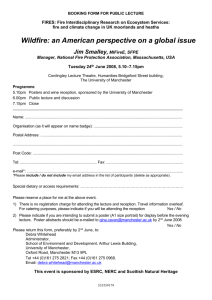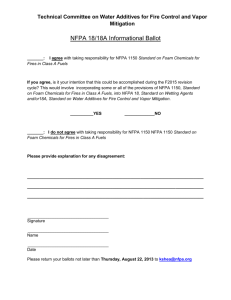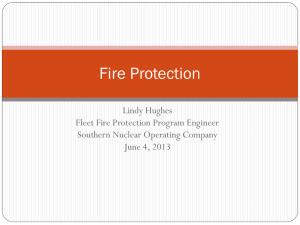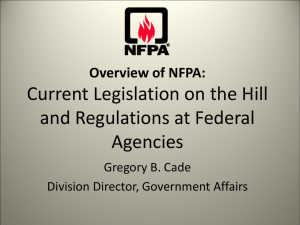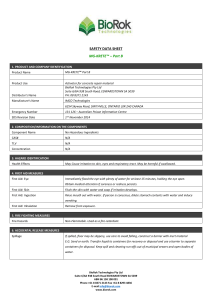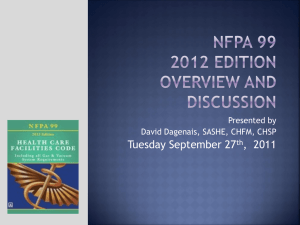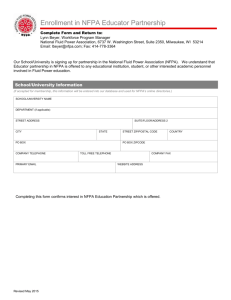Wildfires: Tips to Keep Your Home from Going Up in Smoke This
advertisement
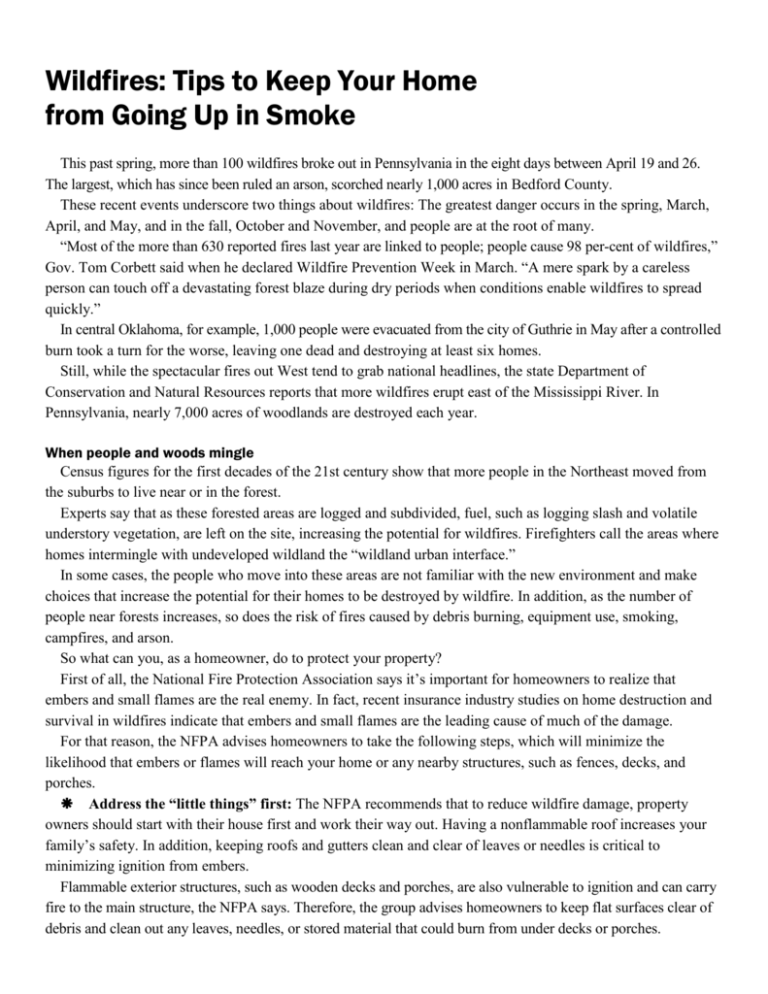
Wildfires: Tips to Keep Your Home from Going Up in Smoke This past spring, more than 100 wildfires broke out in Pennsylvania in the eight days between April 19 and 26. The largest, which has since been ruled an arson, scorched nearly 1,000 acres in Bedford County. These recent events underscore two things about wildfires: The greatest danger occurs in the spring, March, April, and May, and in the fall, October and November, and people are at the root of many. “Most of the more than 630 reported fires last year are linked to people; people cause 98 per-cent of wildfires,” Gov. Tom Corbett said when he declared Wildfire Prevention Week in March. “A mere spark by a careless person can touch off a devastating forest blaze during dry periods when conditions enable wildfires to spread quickly.” In central Oklahoma, for example, 1,000 people were evacuated from the city of Guthrie in May after a controlled burn took a turn for the worse, leaving one dead and destroying at least six homes. Still, while the spectacular fires out West tend to grab national headlines, the state Department of Conservation and Natural Resources reports that more wildfires erupt east of the Mississippi River. In Pennsylvania, nearly 7,000 acres of woodlands are destroyed each year. When people and woods mingle Census figures for the first decades of the 21st century show that more people in the Northeast moved from the suburbs to live near or in the forest. Experts say that as these forested areas are logged and subdivided, fuel, such as logging slash and volatile understory vegetation, are left on the site, increasing the potential for wildfires. Firefighters call the areas where homes intermingle with undeveloped wildland the “wildland urban interface.” In some cases, the people who move into these areas are not familiar with the new environment and make choices that increase the potential for their homes to be destroyed by wildfire. In addition, as the number of people near forests increases, so does the risk of fires caused by debris burning, equipment use, smoking, campfires, and arson. So what can you, as a homeowner, do to protect your property? First of all, the National Fire Protection Association says it’s important for homeowners to realize that embers and small flames are the real enemy. In fact, recent insurance industry studies on home destruction and survival in wildfires indicate that embers and small flames are the leading cause of much of the damage. For that reason, the NFPA advises homeowners to take the following steps, which will minimize the likelihood that embers or flames will reach your home or any nearby structures, such as fences, decks, and porches. Address the “little things” first: The NFPA recommends that to reduce wildfire damage, property owners should start with their house first and work their way out. Having a nonflammable roof increases your family’s safety. In addition, keeping roofs and gutters clean and clear of leaves or needles is critical to minimizing ignition from embers. Flammable exterior structures, such as wooden decks and porches, are also vulnerable to ignition and can carry fire to the main structure, the NFPA says. Therefore, the group advises homeowners to keep flat surfaces clear of debris and clean out any leaves, needles, or stored material that could burn from under decks or porches. In addition, during the high fire danger season — in the spring and the fall — property owners should remove large potential heat sources, such as piles of firewood, spare building materials, and vehicles, the NFPA says, adding that anything on your lawn that could catch embers or ignite should also be moved as far away as possible from your home. Keep an eye on shrubs and trees: Property owners should also examine the perimeter of their homes, or the area that extends about 5 feet from the main building and any attached structures, for anything — organic mulch, woody shrubs and plants, juniper bushes — that could ignite and allow flames to touch the house. The NFPA says that a wind-driven fire will create a blizzard of embers that will pile up in corners around your home where you might normally find accumulations of leaves or needles. These corners, nooks, and crannies should be clear of any flammables. Also, any limbs or branches that are overhanging the roof or touching the house should be trimmed back to at least 10 feet. The NFPA also reminds homeowners to regularly mow and water their grass. Consider tackling some larger projects: The NFPA suggests several larger projects that homeowners can take on when fire is not imminent. This includes: creating spaces between trees; removing heavy accumulations of brush and trees out to 100 to 200 feet from your property depending on the slope and topography (because radiant heat also causes homes to burn); creating a low-water landscape; adding hardscape, such as rock or concrete patios and walkways, to break up the path of flames; screening vents or openings with fine metal mesh; and replacing windows with double- or triple-paned alternatives or tempered glass. For more tips, programs, and resources on wildfire preparedness and safety, homeowners should visit www.nfpa.org, click on the “Safety Information” tab, choose “For Consumers,” select the “Outdoors” link, and go to “Wildland Fires.” Residents may also contact the NFPA’s Wildland Fire Operations Division at wildlandfire@nfpa.org.
